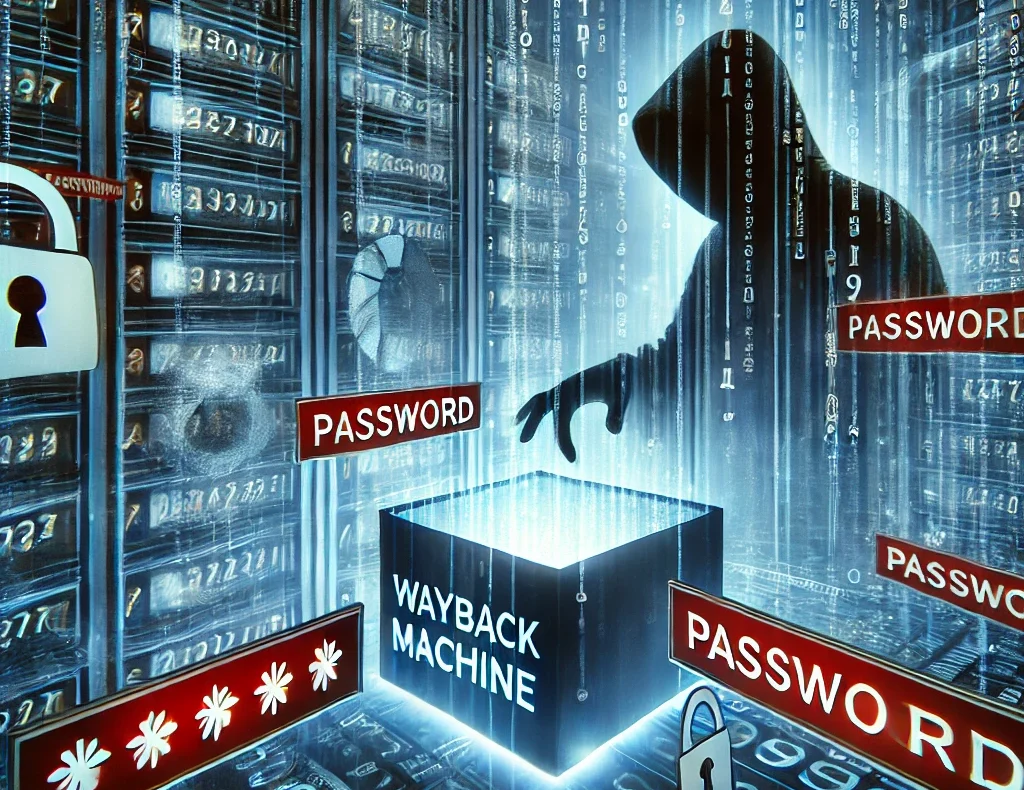The digital world was rocked by a significant cyberattack this week, as hackers targeted the Internet’s history-keeper, the Wayback Machine, and managed to steal over 31 million user passwords. The attack not only resulted in widespread panic but also caused a temporary outage of the Wayback Machine, a tool used by millions to access archived websites.
The Cyberattack: What Happened?
The sophisticated hack targeted a vulnerability in the Internet Archive’s security infrastructure, specifically focusing on the Wayback Machine. This attack, believed to have originated from a highly organized cybercriminal group, exploited weaknesses in the platform’s authentication systems, enabling the hackers to extract user credentials and other sensitive data.
The Scope of the Attack
According to security analysts, over 31 million users had their login credentials exposed, which included usernames, passwords, and even some encrypted data. The breach impacts a wide range of users, from everyday individuals to researchers, journalists, and businesses who rely on the Wayback Machine for historical web data.
Temporary Outage of the Wayback Machine
To contain the breach and mitigate further damage, the Wayback Machine experienced a temporary outage. The downtime lasted for nearly 48 hours, causing a significant disruption to users globally. During this period, the Internet Archive worked closely with cybersecurity experts to patch vulnerabilities and investigate the full extent of the breach.
The Impact on Users
The immediate consequences of the breach have been far-reaching. Millions of users are now at risk of identity theft, fraud, and other cybercrimes. Cybersecurity experts are urging all users affected by the breach to change their passwords immediately and enable two-factor authentication (2FA) where possible.
Password Safety: Why This Matters
Stolen passwords can give hackers access to not just the Wayback Machine accounts but other online services where users may have reused the same credentials. Cybercriminals often use stolen data to perform “credential stuffing” attacks, where they try the same login information on various sites, hoping to access more personal accounts, including financial and social media platforms.
Who Is Behind the Attack?
While the specific group responsible for this attack has not been publicly identified, early investigations point to a highly coordinated and professional hacking organization. Experts suspect the involvement of state-sponsored entities or large-scale cybercrime syndicates due to the complexity and scale of the breach.
Motives Behind the Attack
The reasons for the hack remain unclear, but some analysts speculate that the attackers may have been after more than just passwords. The Wayback Machine holds a vast archive of websites, including defunct pages and historical web data. This treasure trove of information could be of great interest to individuals or groups seeking to erase past incriminating evidence or retrieve sensitive, once-public data.
Possible Links to Previous Cyberattacks
This recent breach follows a series of high-profile cyberattacks on critical digital infrastructures in 2024, raising concerns about the growing frequency and sophistication of such incidents. Whether this attack is linked to any of those remains under investigation, but the patterns suggest a rise in well-coordinated attacks against widely used platforms.
The Way Forward: How to Protect Yourself
In the wake of this attack, cybersecurity professionals are offering urgent advice on how users can protect themselves moving forward.
Steps to Secure Your Account
- Change your passwords: Immediately update your passwords, especially if you use the same password across multiple platforms.
- Enable Two-Factor Authentication (2FA): Adding an extra layer of security can make it significantly harder for hackers to gain access.
- Use a Password Manager: A reliable password manager can generate and store complex, unique passwords for each site.
- Monitor your accounts: Keep a close eye on your online accounts for any suspicious activity or unauthorized access.
- Update security software: Ensure your antivirus and security software are up to date to help protect against malware or other potential threats.
Long-Term Solutions
For organizations like the Internet Archive, this attack serves as a reminder of the need for continuous investment in cybersecurity infrastructure. Experts advocate for stronger encryption, more rigorous security audits, and the adoption of advanced technologies like artificial intelligence to detect and mitigate threats in real-time.
Conclusion
The hacking of the Internet Archive and the exposure of 31 million passwords is a wake-up call for all online users. As digital threats continue to grow in scale and sophistication, both individuals and organizations must remain vigilant, continually updating their security practices. While the Internet Archive has restored access to the Wayback Machine, the implications of this attack will likely linger, affecting millions of users and reshaping the way we think about digital security.
As investigations into the breach continue, experts warn that this may be just the beginning of a new wave of cyberattacks aimed at exploiting digital history and personal data. Stay informed, stay protected, and take cybersecurity seriously.


